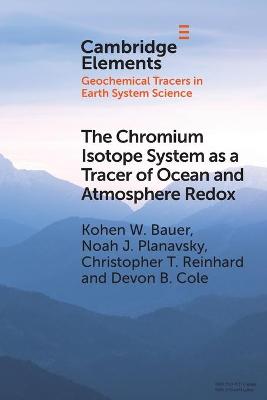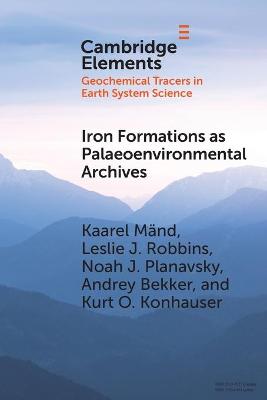Elements in Geochemical Tracers in Earth System Science
2 total works
The Chromium Isotope System as a Tracer of Ocean and Atmosphere Redox
by Kohen W. Bauer, Noah J. Planavsky, Christopher T. Reinhard, and Devon B. Cole
Published 26 January 2021
The stable chromium (Cr) isotope system has emerged over the past decade as a new tool to track changes in the amount of oxygen in earth's ocean-atmosphere system. Much of the initial foundation for using Cr isotopes (δ53Cr) as a paleoredox proxy has required recent revision. However, the basic idea behind using Cr isotopes as redox tracers is straightforward—the largest isotope fractionations are redox-dependent and occur during partial reduction of Cr(VI). As such, Cr isotopic signatures can provide novel insights into Cr redox cycling in both marine and terrestrial settings. Critically, the Cr isotope system—unlike many other trace metal proxies—can respond to short-term redox perturbations (e.g., on timescales characteristic of Pleistocene glacial-interglacial cycles). The Cr isotope system can also be used to probe the earth's long-term atmospheric oxygenation, pointing towards low but likely dynamic oxygen levels for the majority of Earth's history.
Iron Formations as Palaeoenvironmental Archives
by Kaarel Mand, Leslie J. Robbins, Noah J. Planavsky, Andrey Bekker, and Kurt O. Konhauser
Published 13 December 2021
Ancient iron formations - iron and silica-rich chemical sedimentary rocks that formed throughout the Precambrian eons - provide a significant part of the evidence for the modern scientific understanding of palaeoenvironmental conditions in Archaean (4.0–2.5 billion years ago) and Proterozoic (2.5–0.539 billion years ago) times. Despite controversies regarding their formation mechanisms, iron formations are a testament to the influence of the Precambrian biosphere on early ocean chemistry. As many iron formations are pure chemical sediments that reflect the composition of the waters from which they precipitated, they can also serve as nuanced geochemical archives for the study of ancient marine temperatures, redox states, and elemental cycling, if proper care is taken to understand their sedimentological context.

